
Game On
AT lines up sound design pros behind hit titles Portal 2 and Limbo to talk about spending days breaking glass, using an antique wire recorder and ‘video games as art’.
Text: Richard Wentk & John Broomhall
Not many do it, but some videogames have gone from lightweight distraction, to ‘fabric of life’ status. Valve’s original version of Portal is one that’s transcended mere ‘game’ status – stamping geek culture with unique catch-phrases – such as “the cake is a lie” – and blended original game play with a strong script and unusually powerful characterisation.
In other hands, the game could have stayed stuck as a simple problem solver. But literary references and a murderously personal antagonist created a product that was described by Wired magazine as one of the most significant games of the 21st century. It also caught the attention of academic sociologists and has been exhibited at a contemporary art exhibition at the Smithsonian Institute.
With this kind of enviable reputation to live up to, the sequel was widely anticipated. So how did Valve go about creating Portal 2, and enhancing the strong sound design of the original?
Mike Morasky, whose other credits include visual effects supervision on Lord of the Rings and the Matrix series, has been working as an in-house composer at Valve since 2003. He took some time to talk to AT about tools, technology, and Valve’s unusual creative workflow.
IN THE FLOW
As Mike explains: “Valve’s production methodology may be unique. We don’t have managers, and we don’t have hard boundaries between disciplines. So it’s a very organic, and very adaptive work environment. When a sound designer decides a particular sound is needed, they can create it, refine it, and then submit it to the database used by the rest of the team, and by the testers. So we’re all free to develop new ideas and get them in front of other people very quickly.”
This flat hierarchy makes it easy to fold in the best ideas, wherever they’re from. “Everyone is encouraged to participate in all aspects of the game design. As sound designers and composers we create the sounds. But we also get feedback and input from anyone interested in each part of the game. And the opposite is true; we provide input into the entire process and comment on other parts of the workflow. So sometimes we’ll push to add more audio opportunities in the main game design.” The result isn’t just original sound design, but quirky, creative set pieces. As Mike says, some of the interactive music, like the Faith Plate fling cues or the Lazer Catcher ensembles are particularly unique to Portal 2. “There’s also a Turret Opera at the end of the game, with an auditorium full of killer turrets singing an Italian aria. That came about slowly and in a roundabout way. In fact, it only really came together right at the end of production.”

BANG ON A CAN
A quick tour of the Valve studios shows that rocks, rubble, wood, glass, and old cans are often used for instant Foley. Is Foley done in-house? Mike explains. “Mostly, yes. For example, we had an all-day glass-breaking field recording session. We must have destroyed a few hundred pounds of large panes of various different types of glass. The results were fantastic. There are some critical narrative moments that really pop because of what we captured that day.”
If the workflow is unusually organic, the technology used is mostly off-the-shelf. “The signature synthetic voiceovers – especially the one by opera singer Ellen McLain, who voices the GLaDOS character – were done in Melodyne. But we also worked hard to achieve the various styles and spaces that the dialogue is presented in. GlaDOS and the new Wheatley character are mixed as if they’re in your head. But they’re also affected by the reverb of the space you happen to be in, which is pretty unique to Portal. We deliberately change the depth and detail of the soundscapes to emphasise the feel of the various locations, and the immersive quality of the game.
“Otherwise, the tools are mostly standard. Each artist makes their own selection, but it’s the usual list of names – Avid, Nuendo, Live, Altiverb, Waves, iZotope, Sound Forge. For me personally, Native Instruments Reaktor played a big part in the music.”
PUTTING IT TOGETHER
A key problem for any game company is performance and assembly. The sound and the music have to be cued, sometimes modified, and pre-selected by context. Games companies have developed various solutions, but there’s no single off-the-shelf answer.
Valve has created an in-house assembly system that combines elements of play-out and automation. Is this a key part of the Valve success story? Mike: “For Portal 2 we developed an open, scalable sound operator system that allowed us to tailor and customise our interactive audio and music to match the in-game circumstance. It’s actually a patchwork of systems. Many were usable across much of the game without changes. But when a unique problem appeared, the fact it’s an open system meant we could adapt or add features without needing to get help from our engineers. And when we do need core technology, it’s neatly modularised so that we can add new features quickly while minimising the risk of ripple-out bugs. The source engine also has a large audio feature set, all controllable via the new system.” The result has been enthusiastically received but it’s going to be a while before there’s another sequel. “We’ve just finished another game called Meet the Medic, which was released in June and is part of our uber-update of Team Fortress 2.” And as for rumours of a Portal 2 sequel? We can neither confirm nor deny.


Each artist at Valve has his own audio suite in the building, fitted out to their own specs. Two of the studios have isolation booths for tracking temp dialogue and recording Foley.
LIMBO: BENDING OVER BACKWARDS
Limbo took the video game world by surprise. Though technically it features a relatively simple presentation, this downloadable Xbox video game is widely acknowledged to punch high above its weight in creative expression. Intriguing and compelling, it is at once strangely melancholic and darkly beautiful. The player controls the movement of a small boy who awakens in the midst of a spooky forest through which he embarks on a journey in search of his sister. However, his path is littered with gruesome traps and puzzles giving rise to what has been coined ‘learning by dying’ gameplay. Though essentially a 2D scroller, the stunning monochromatic artwork and grainy visual effects (combined with its beguiling soundscape) push the boundaries of ‘videogame as art’.
Limbo’s exquisite sound and music certainly bear testament to a deftness of touch and some true sound artistry. Yet its elegant simplicity and uncluttered clarity belie a sophistication of thought and approach that only becomes apparent in conversation with its sole creator, Martin Stig Andersen of Playdead Games, who originally saw footage of Limbo in a concept trailer the game director had posted on the internet. Totally captivated, he found the visual expression of a sombre, blurred universe reminded him of themes in his own music in which he was using real references to create something very abstract. Andersen: “There’s a lot of ambiguity in it that chimes with my primary background in acousmatic music where I would extract musical values from something as unlikely as traffic sounds. The ear knows the results are from everyday life but they are blurry abstract concepts musically. I saw the boy in Limbo running on the ground in that concept video but he was just a silhouette so each player could have their own inner vision about how the boy looks and sounds. There’s a lot of space for your own interpretation and projections.”
PLAYDEAD COMES ALIVE
Some time later when he heard that Playdead’s game director had obtained Danish state funding, Andersen made contact. The promise of an iteractive experimentation/decision-making process – the antithesis of large console title productions – was something Andersen found both engaging and inspiring. Moving his studio to Playdead’s offices he embedded himself in the team for a year of intense collaboration. Andersen: “I did come with some ideas. I’d had these thoughts about making it sound like old film and also making the boy relatively loud so the surroundings would appear silent – but it was only half way through the project that I became sure I was on the right track.
“I learned some interesting things. Trying to make Limbo sound like an old film, I put everything into mono but discovered I couldn’t engage myself with that sound – it just wasn’t immersive enough. I see Limbo as such a tiny world – I was trying to reduce all the sounds to something very simple and thin sounding – very reduced. I distorted sounds and then afterwards, expanded them again, really spatialising them – almost anti-phase. I ventured into using antique audio devices – wire recorders, spring reverbs, and tape recorders. In linear media you can make your mix from moment to moment whereas in a game, the sounds might always be mixed differently. One thing I discovered using old machines was that they created a homogenic sound. Running all of my sounds through an old tape recorder made them sit very well together in the mix. With my own bespoke-recorded physics sounds, I found when I put them in the game they sounded too real – the surface of the sound didn’t fit the image. So I ended up running them through an old spring reverb. I set the reverb to zero, so basically I was just using it as a hardware filter, which made the sound narrow and thin – all the bottom would disappear. Because the sounds lost a lot of their identity and clarity, they suddenly became more generic – I could use the same sounds for a metal box or a wooden box. It all contributed to making the world very small and defined.
“A lot of the things I do are essentially mash-ups or paraphrases – it arises from working with electroacoustic music for many years. I can take one sound and it doesn’t really matter where it comes from because I’m not using that sound as it is. I might just extract the texture or colour and then use it to transform another sound. It leads to a slightly unnatural but useful quality, allowing me to create an audio world that is generic and yet unique.”
...as the boy progresses through the world, things become more and more abstract, almost transcendent...
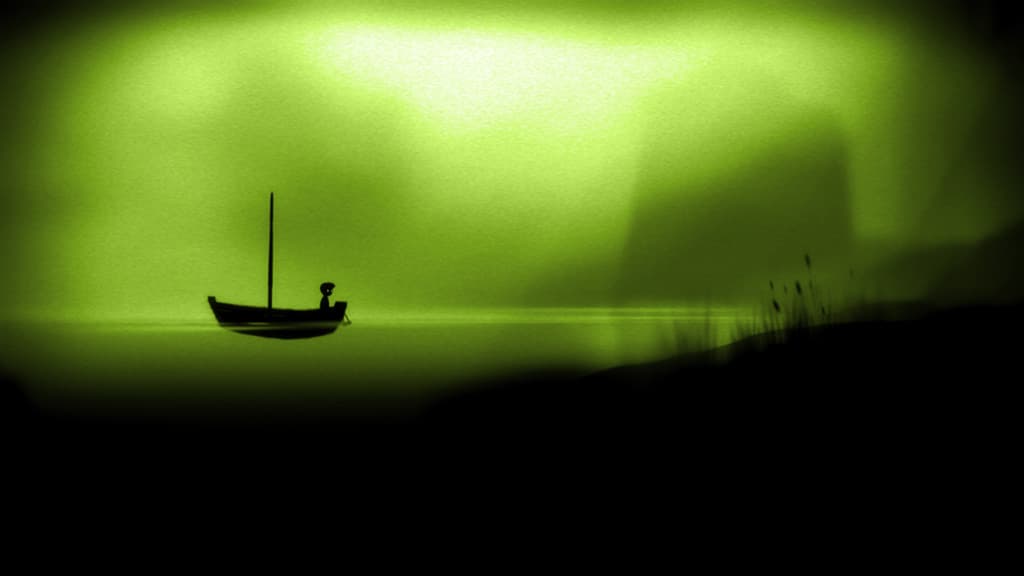

‘NO MUSIC’ MUSIC
Meanwhile, the music of Limbo is so ambient and blends so beautifully with the sound and graphics that some reviewers have claimed there’s none there. Andersen characterises it as ‘appearing to stem from the environment’. For instance, when the character meets the insects they become the main instrument of the music. But for Andersen the overall narrative structure he’s built into Limbo’s audio is his biggest contribution to the game: “No-one really pays attention to this aspect of my work so I’m really happy when people ask about it because for me, the overall framework plays a very important part. I was trying to achieve the creation of a world structure with the audio going from quasi-realistic sound that you hear in the forest – naturalistic – then as the boy progresses through the world, things become more and more abstract, almost transcendent. And you might have the most horrible moments – really traumatic – and the sound will suddenly turn into something melancholic, contrasting with what you see. It makes sense to me to say, ‘ok, so this boy travels through all this violence and I have to respond to this in some way’ otherwise people would just get habituated to it. So what I wanted to contribute was more along the lines that the boy got habituated to the violence – rather than the player, with the player almost wondering how to feel and with the music sometimes almost representing forgiveness. “Limbo is really distinct, something in itself. Despite real-world references, the sound is helping to make a limit – a wholeness to the experience as you go from A to B… a development and an ending – so yes, it does have a narrative quality.”
For a first foray into game audio, Martin Stig Andersen has certainly made waves. Now working on his second Playdead title, he has an even deeper integration within the team, contributing from day one to a new production, and with ample time for experimentation, many fans will be eagerly awaiting his next offering.
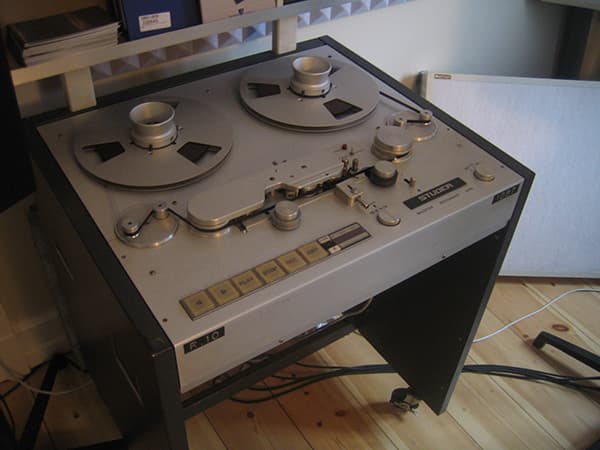




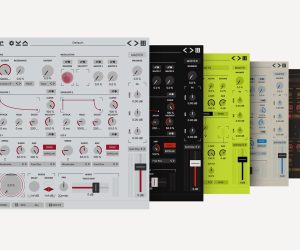
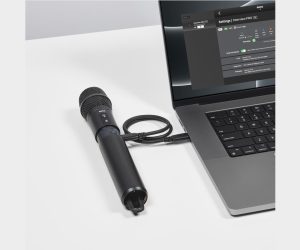
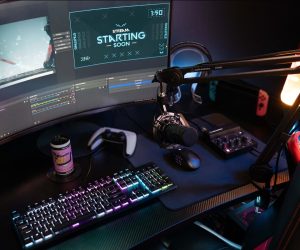

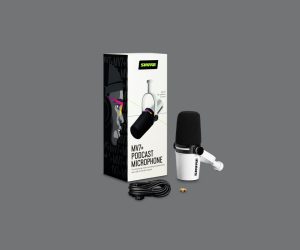
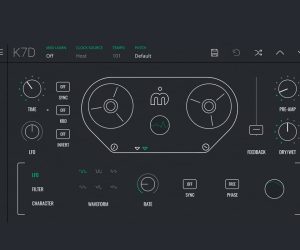
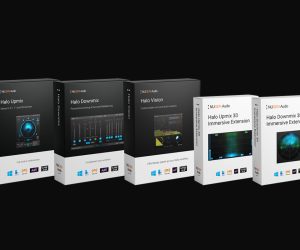


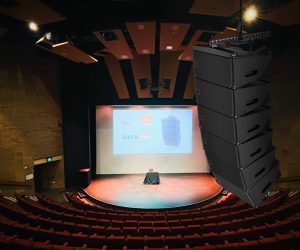




RESPONSES